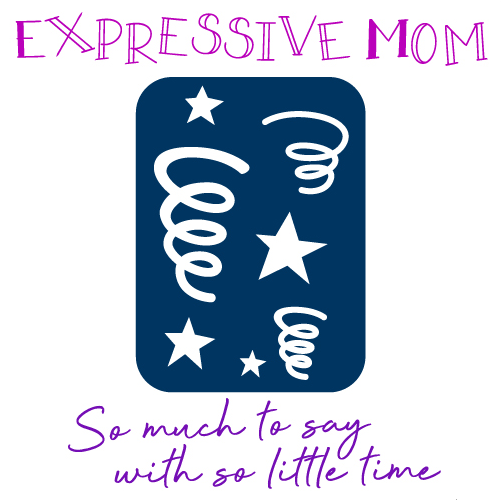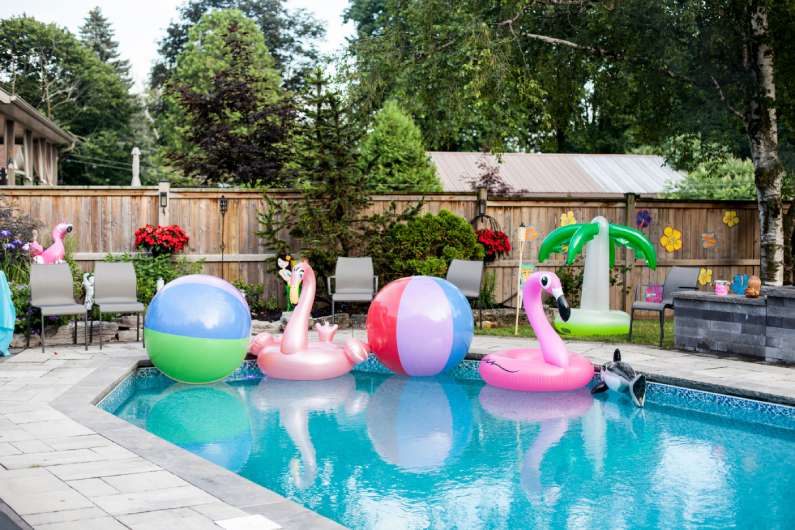Having a pool in your backyard is a dream come true for many homeowners with families. It’s a place where families gather, kids play, and relaxation takes center stage. But the key to a blissful pool experience lies in maintaining its health. Chemical damage can turn your aquatic paradise into a financial and familial nightmare. We’re discussing the most common signs of chemical damage in your pool so that you can address them and keep everyone safe.
Signs of Greenish Water
Green water is a common issue that indicates a problem with your pool’s chemical balance. Algae thrive in poorly maintained pools and turn the water a murky green. This often happens when chlorine levels are too low or pH levels are off.
To prevent greenish water, make sure you regularly test and adjust your pool’s chemical levels. Using algaecides can also keep algae at bay. If you see your water turning green, shock the pool with chlorine and clean the filters. Keeping your pool well-balanced will avoid these unsightly issues and help you keep your kids safe in and around the pool.
Chlorine Smell
A strong chlorine smell isn’t a sign of too much chlorine, but rather not enough. When chlorine interacts with contaminants like sweat and urine, it forms chloramines, which cause pungent odors. These compounds are harmful and may cause respiratory problems and skin irritations.
To fix this, you need to shock your pool to break down the chloramines. Make sure you have proper ventilation around your pool to minimize fumes. Regularly testing and adjusting chlorine levels will prevent the buildup of chloramines and keep your pool safe. Additionally, using a pool as a family-friendly backyard feature means lingering or pungent odors may redact the pool’s friendliness.
Itchy Eyes and Skin
Swimmers often complain about itchy eyes and skin after a dip. This discomfort is usually due to an imbalanced pH level or high chloramine levels. When the pH is too high or too low, it quickly irritates the skin and eyes.
Testing and maintaining a balanced pH level is critical. Aim for a pH level between 7.2 and 7.8. If irritation persists, it might be time to check your chlorine levels and shock the pool if necessary. Keeping your pool’s chemical levels balanced ensures a comfortable and safe swimming experience for everyone—including the sensitive.
Fading Pool Liner and Discoloration
A fading or discolored pool liner is a clear sign of chemical imbalance. High chlorine levels or improper pH can cause pool liners to bleach and lose color. This not only looks bad but can also reduce the liner’s lifespan.
To maintain your pool’s aesthetics, regularly test and adjust chemical levels. Using a pool cover can also protect your liner from excessive sun exposure, which accelerates fading. By taking care of your pool’s surfaces, you can enjoy a visually appealing pool for years to come.
Recognizing the signs of chemical damage is essential for maintaining a healthy pool. Greenish water, strong chlorine smells, itchy eyes and skin, and a fading pool liner are all indicators that something is wrong. Understanding the causes of pool foundation damage can also prevent costly repairs, as chemical damages can also lead to a foundation disaster.



Connect With Me !